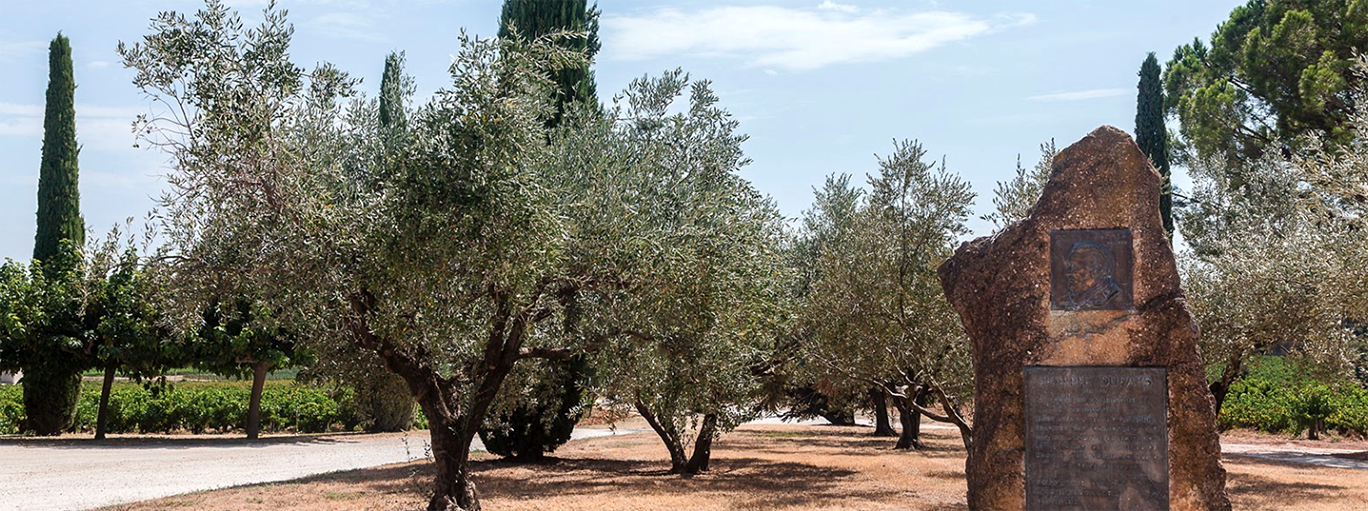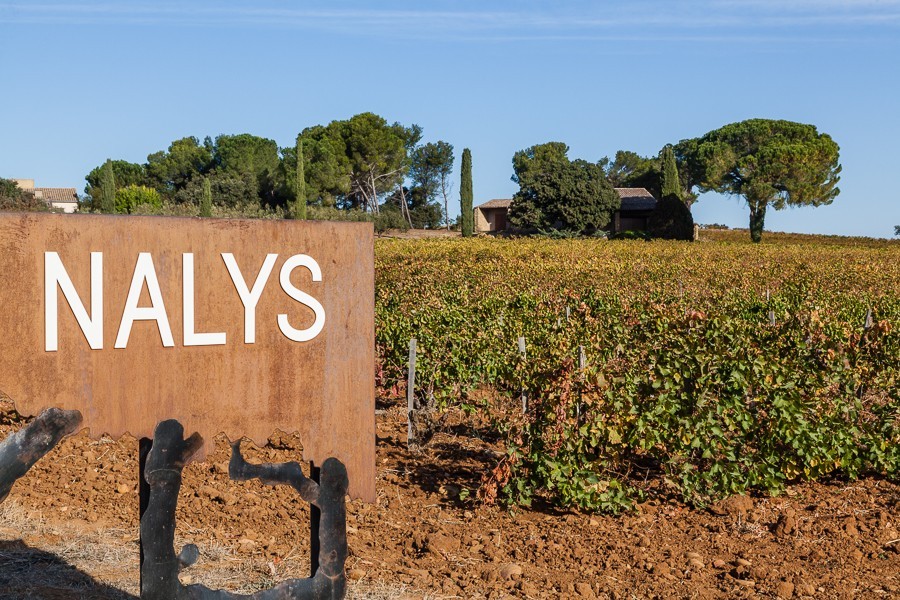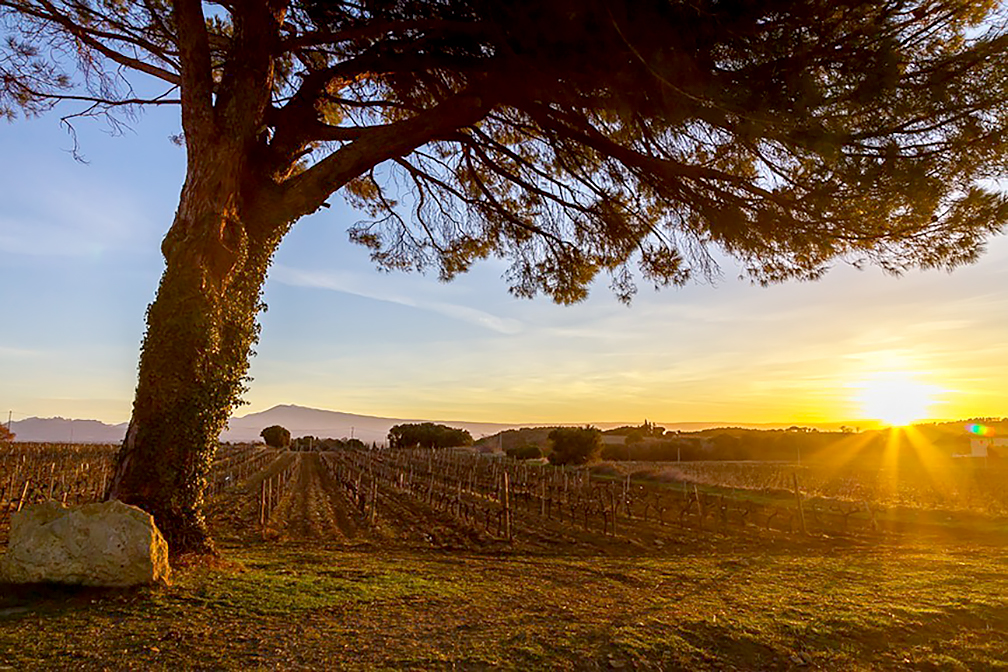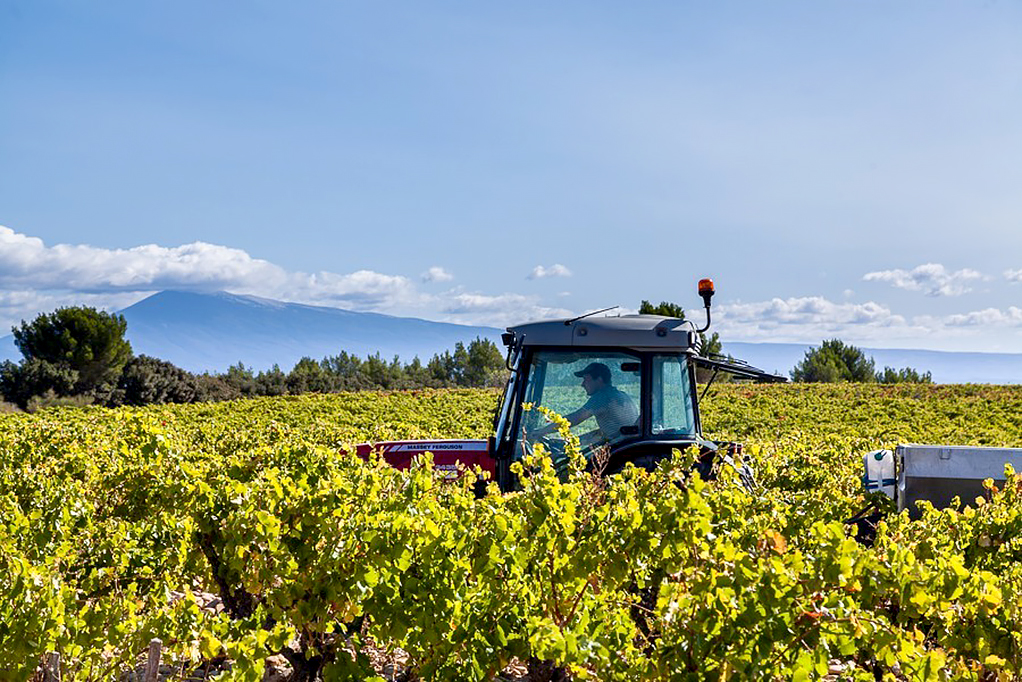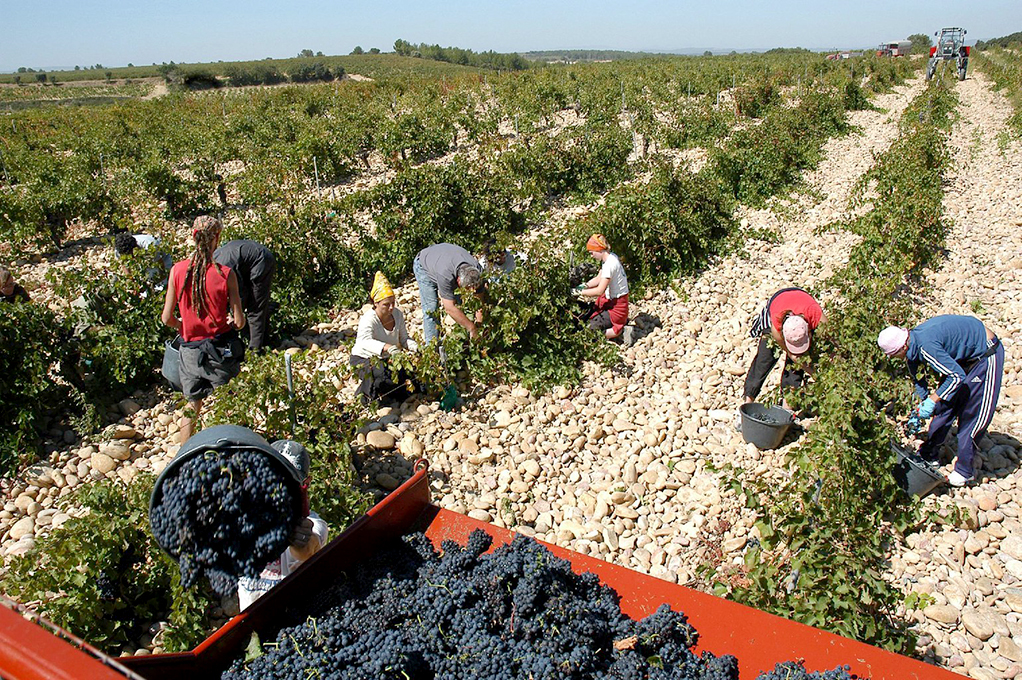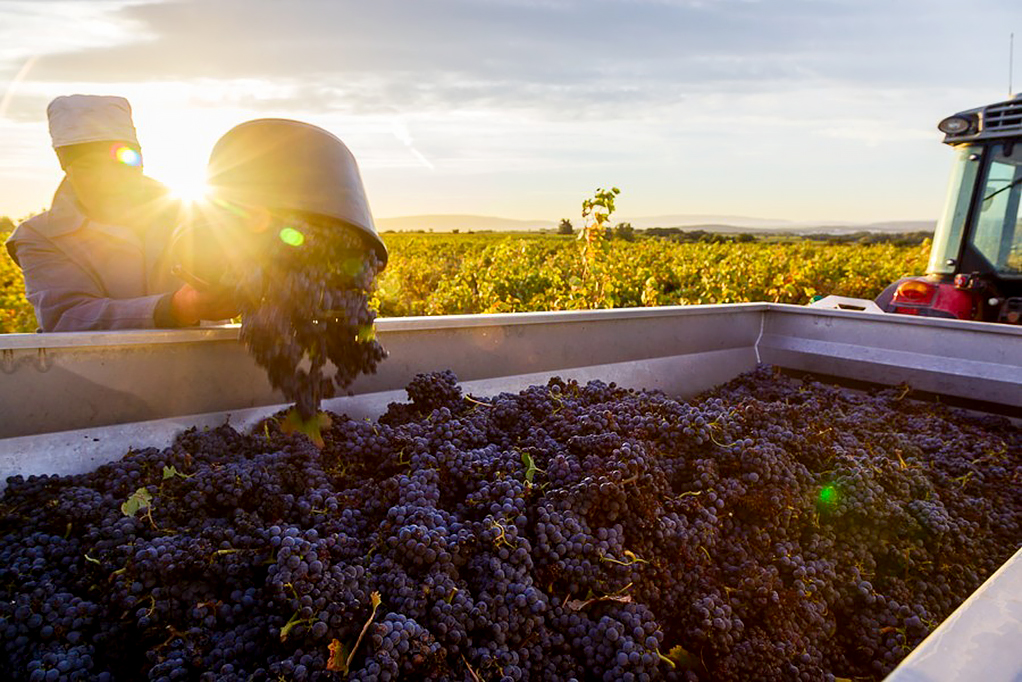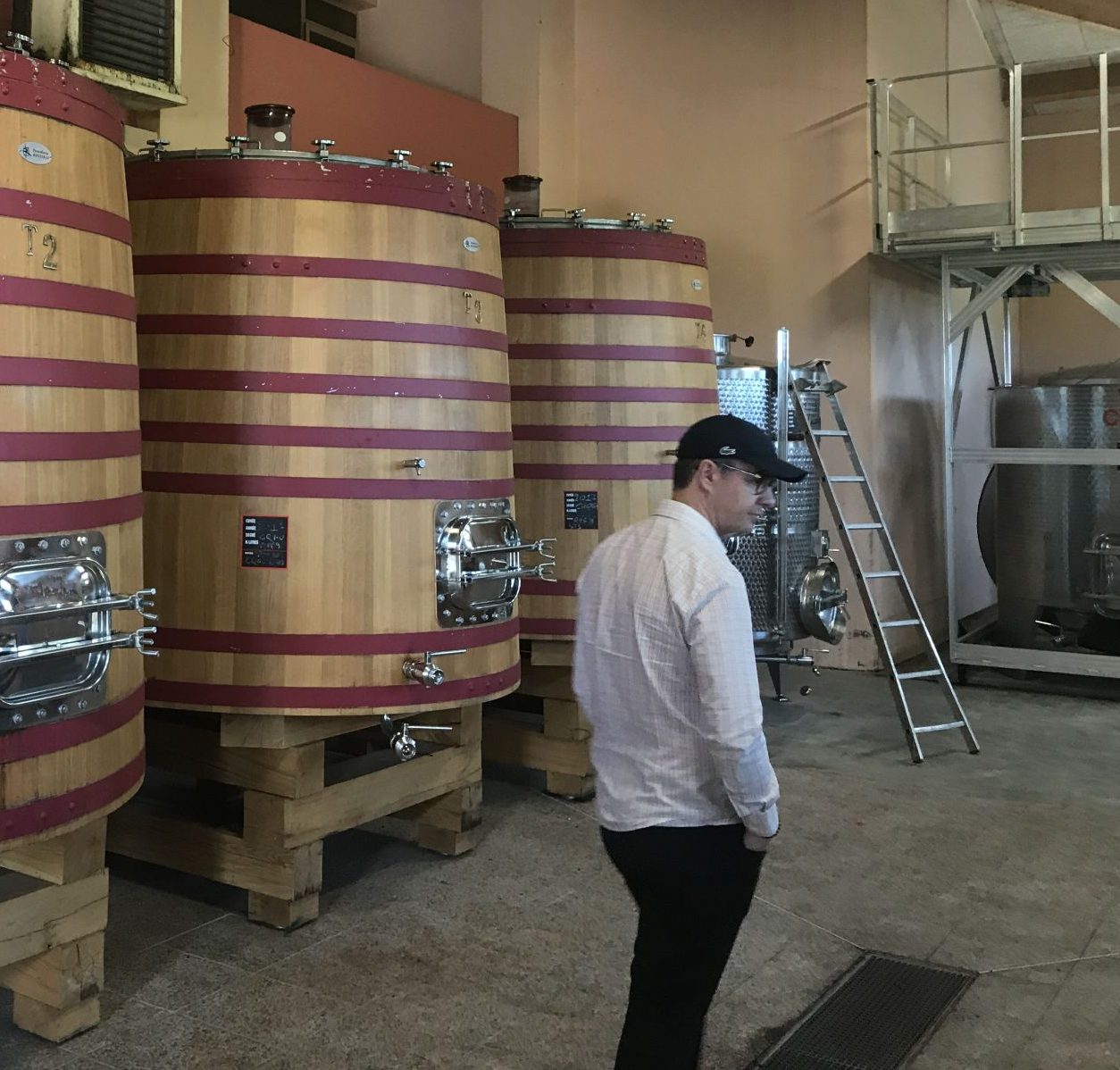Pale gold color; peach, pear, orange rind, lime, meadow flowers on the nose; pear, lemon, white peach, grapefruit, minerality on the palate.
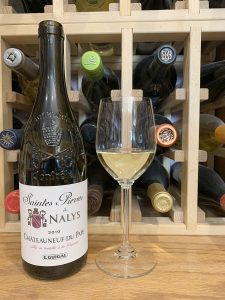
Dry; crisp and focused with tangy lemon playing with pear and peach notes. Medium body. Impressive length and complexity. Blend of 36% clairette, 29% bourboulenc, 25% grenache blanc, 7% roussanne, 3% picardan. Manual harvest and sorting; fermented in temperature-controlled stainless steel. Aged eight months, 20% in barriques (225-liter/59-gallon oak barrels) and demi-muids (600-liter/159-gallon oak barrels). 13.5% ABV
Château de Nalys is one of the oldest estates in the Châteauneuf-du-Pape appellation, listed in the land register in the late 1500s. The château is named for its first occupant, Jacques Nalis, a farm official for the archdiocese of Avignon. From 1633 onwards, he developed the farm surrounded by land and vines, creating the heart of the estate today. The Nalis family remained in charge until the French Revolution. A local family then held the estate for seven generations, the last family member was a medical doctor, Philippe Dufays, who arrived during World War II.
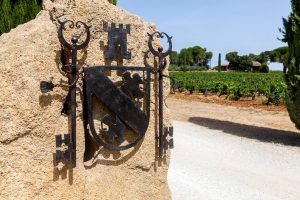
The website notes: “A passionate man, ‘the Doctor’, as he was known by his friends and family, dedicated all his resources and energies to the property. Over nearly twenty years, Doctor Dufays extensively developed Nalys, doubling the size of the estate and establishing sales in a number of foreign markets. Following the accidental death of his son in 1975, Doctor Dufays decided to walk away from Nalys, and sold it to the insurance company Groupama.”
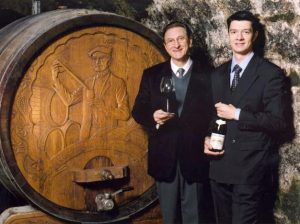
The famed and talented E. Guigal family acquired the estate following the 2016 harvest, renovated the cellars and estate, and returned the wine operation to its former glory. This is E. Guigal’s third effort from the château. There are two tiers. The Saintes Pierres de Nalys—this wine—offer immediate drinkability and less concentration. The Grand Vin delivers more concentration and complexity, at a higher price point, of course.
Guigal notes “we didn’t buy a name, a brand, we brought property.” The property includes three different terroirs used in this wine: 34% of the grapes came from Nalys—fine red sandstone and sandy clay, with some limestone and soft sandstone; 3% came from La Crau with Châteauneuf-du-Pape’s famous galets, large, round pebbles from the Rhône River; 63% from Bois Sénéchal—slightly smaller galets and sandier, less structured soils than La Crau. The average age of the vines is 45-plus years. All work in the vineyards is 100% organic.
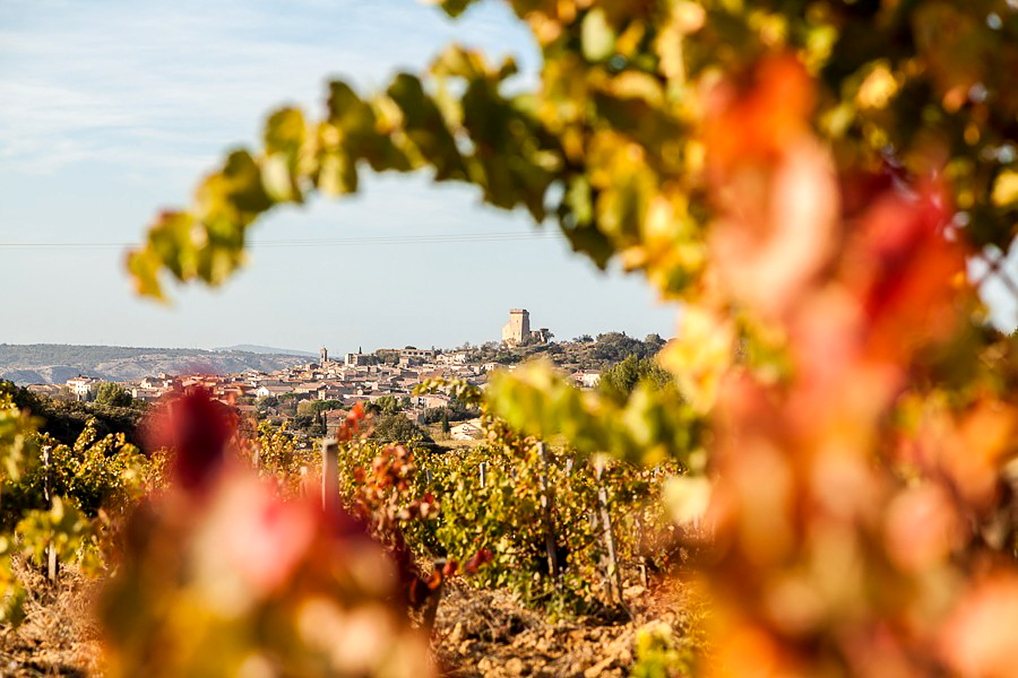
Châteauneuf-du-Pape is a prime wine region in the southern Rhône. The name means “new castle of the Pope,” a reference to the time the Roman Catholic pope lived in the castle near Avignon from 1309 to 1376. Seven successive popes lived in the castle, which overlooks the AVA.
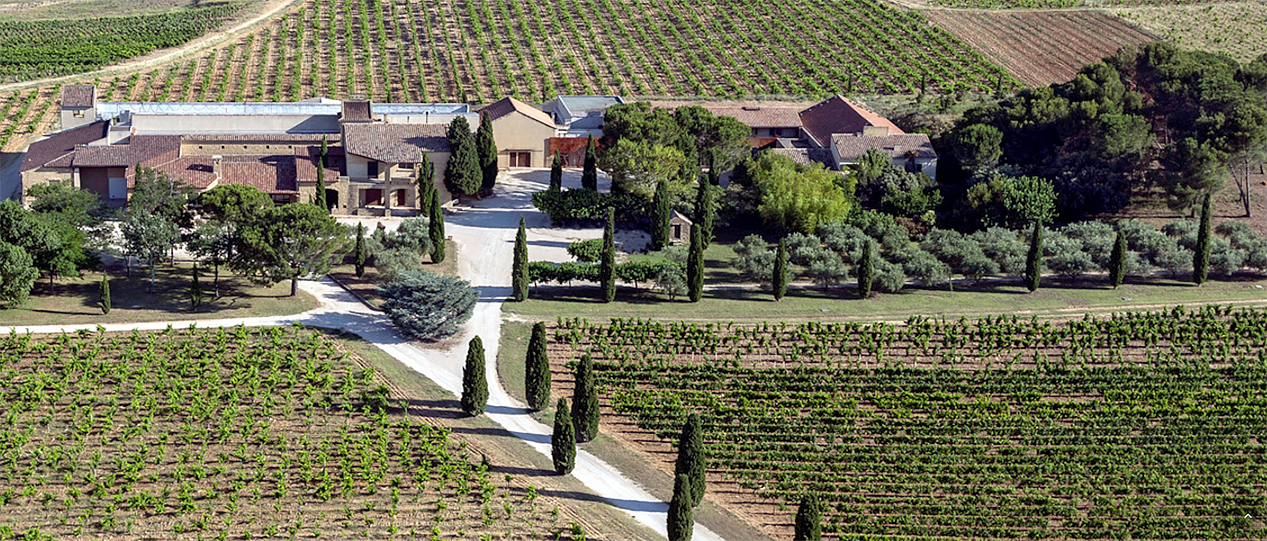
E. Guigal was founded by Etienne Guigal in Ampuis, the village in the heart of the Côte-Rôtie appellation in the northern Rhône. Etienne’s son, Marcel, took over management of the operation in 1961 when Etienne suddenly was struck with total blindness. Marcel’s wife, Bernadette joined the team in 1973. Today their son, Phillipe, is the winemaker working alongside his wife, Eve.
Château de Nalys Châteauneuf-du-Pape Saintes Pierres de Nalys Blanc 2019 is another E. Guigal winner from an historic property. Elegant and balanced. Rich, round, lovely mouthfeel and light, delicious peach-pear-lemon fruit notes. While only 2% of Rhône wine production is white grapes, 25% of E. Guigal production is white, and they are masters at white—and reds and rosé, too, for that matter. Never hesitate to buy an E. Guigal effort. Pair with fish, seafood; crab; lobster; bouillabaisse; orange chicken; grilled and roast chicken; pork chop with apricot sauce; Asian cuisine; cured meats, charcuterie board. Cheese—aged goat cheese and many different hard and soft cheeses. $57-64
Château de Nalys website with good video
